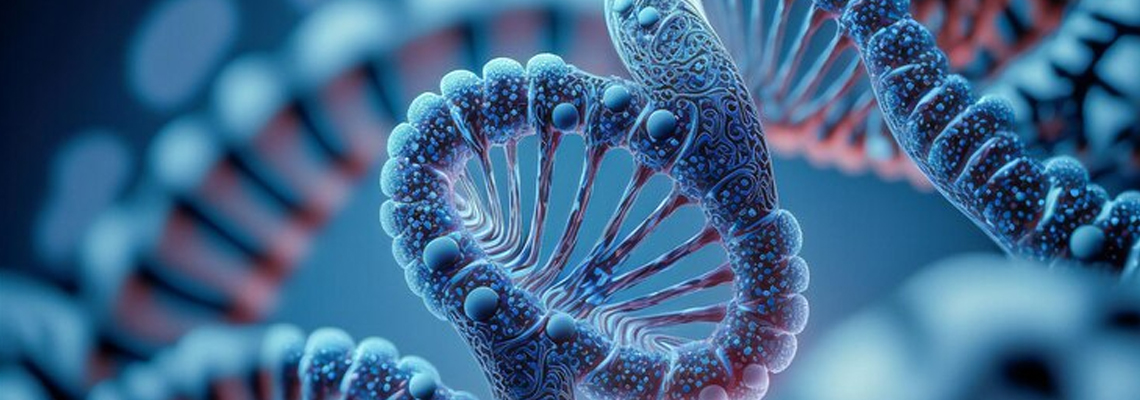What Are IVD Raw Materials?
IVD raw materials are the starting point for making in vitro diagnostic products. They form the active and inactive parts of tests used in labs and clinics. These materials can be biological, chemical, or synthetic.
They are used in test kits, reagents, and devices that detect infections, monitor chronic illnesses, or screen for conditions. Quality raw materials help give correct results, which are vital in medical decisions.
Meaning of IVD Raw Materials
In simple terms, IVD raw materials are the ingredients of medical diagnostic products. For example, antibodies, enzymes, buffers, and membranes all count as raw materials. Each one plays a role in how the test works and how reliable it is.
Use of IVD Raw Materials in Diagnostics
These materials are found in many test types. They are used in rapid tests like pregnancy kits, molecular tests like PCR, and immunoassays like ELISA. The choice of raw material affects the speed, accuracy, and stability of each test.
Types of IVD Raw Materials Used in Tests
There are three main types of IVD raw materials. Each serves a different role in the test process.
Biological IVD Raw Materials
These come from living organisms. Examples include monoclonal and polyclonal antibodies, antigens, and proteins. They are often used in tests for infectious diseases.
Chemical IVD Raw Materials
These are pure chemical substances made in labs. Buffers, salts, dyes, and preservatives are common examples. They control reaction conditions and keep tests stable.
Synthetic IVD Raw Materials
These are artificial materials produced through controlled processes. Examples include synthetic peptides and lab-made membranes. They offer high consistency and are often used when natural sources are limited.
Role of IVD Raw Materials in Product Quality
High-quality raw materials are the foundation of accurate diagnostics.
Accuracy and Reliability in Testing
A test must give the same result for the same sample every time. Quality raw materials help make sure the test works correctly and does not give false readings.
Impact on Test Sensitivity and Specificity
Sensitivity is how well a test finds the target, while specificity is how well it avoids false positives. Both depend on the quality of the raw materials used.
Common Sources of IVD Raw Materials
IVD raw materials can come from nature or be produced in labs.
Natural Sources
These may include animal serum, plant extracts, or minerals. For example, bovine serum albumin is a widely used protein in test kits (NIST source).
Laboratory-Produced Sources
Lab-grown antibodies, recombinant proteins, and synthetic chemicals are made in controlled settings to ensure high purity and batch consistency.
How IVD Raw Materials Are Prepared?
Raw materials must be carefully processed before use in diagnostics.
Extraction Process
For biological materials, the source tissue or fluid is collected. The target substance is then separated using mechanical or chemical methods.
Purification Steps
After extraction, impurities are removed using filtration, chromatography, or precipitation. This step ensures the material is safe and works as intended.
IVD Raw Materials for Reagents and Kits
Many tests use reagents made from different raw materials.
Buffers and Enzymes
Buffers keep the test environment stable. Enzymes speed up reactions and help detect the target molecule.
Stabilizers and Preservatives
These protect sensitive materials from heat, light, or microbial growth, keeping the test usable for longer periods.
Quality Checks for IVD Raw Materials
Each batch must meet strict testing standards before it is used in production.
Testing for Purity
Methods like spectrophotometry, gel electrophoresis, and HPLC confirm the material is pure and free from unwanted substances.
Batch Consistency Checks
Producers test multiple samples from the same batch to make sure performance is consistent across all units.
Storage and Handling of IVD Raw Materials
Proper storage helps keep materials in good condition.
Temperature Control Needs
Many biological materials need cold storage, usually between 2°C and 8°C. Some require freezing at -20°C or lower.
Packaging Methods
Vacuum-sealed bags, sterile vials, and moisture-proof containers protect the materials during shipping and storage.
IVD Raw Materials for Antibodies and Antigens
Antibodies and antigens are key parts of many diagnostic tests.
Monoclonal Antibodies
These are identical antibodies made from a single cell line. They target one specific site on an antigen, making results more precise.
Polyclonal Antibodies
These are mixtures of antibodies that target multiple sites. They can detect a broader range of variations in the target molecule.
IVD Raw Materials for Molecular Testing
Molecular tests look for genetic material from viruses, bacteria, or human genes.
Nucleotides and Primers
Nucleotides are the building blocks for DNA and RNA. Primers are short DNA strands that start the replication process in PCR tests.
Probes and Enzymes
Probes are labelled DNA or RNA sequences that bind to the target. Enzymes like polymerases make copies of the target sequence.
IVD Raw Materials for Rapid Test Devices
Rapid tests need special materials for speed and portability.
Lateral Flow Components
These are paper-based strips that carry the sample and reagents. They are used in tests like COVID-19 rapid antigen kits.
Membranes and Casings
Membranes control fluid movement, and casings protect the test from damage.
Global Supply of IVD Raw Materials
Supply sources are spread across the world.
Key Producing Regions
The United States, China, Germany, and Japan are major producers of diagnostic raw materials (WHO source).
Supply Chain Challenges
Transport restrictions, export controls, and raw material shortages can affect availability.
Choosing the Right IVD Raw Materials Supplier
Selecting a good supplier can prevent costly problems later.
Quality Standards to Look For
Look for ISO 13485 and GMP certification. These standards show that the supplier follows strict quality systems.
Supplier Reliability
A reliable supplier delivers on time and provides consistent material quality.
Trends in IVD Raw Materials for Diagnostics
The market is moving toward more sustainable and custom-made options.
Shift Toward Sustainable Sources
Plant-based and recyclable materials are becoming more common to reduce environmental impact.
Growth of Custom-Made Materials
Manufacturers are requesting materials designed for specific test formats or disease targets.
Regulatory Needs for IVD Raw Materials
Compliance is critical in the medical field.
Compliance with International Guidelines
Suppliers must meet standards set by bodies like the FDA and European Medicines Agency.
Required Certifications
ISO 13485 and GMP certificates confirm that production meets global quality requirements.
IVD Raw Materials Overview
| Material Type |
Example |
Common Use |
Storage Temp |
| Biological |
Monoclonal antibodies |
Infectious disease kits |
2–8°C |
| Chemical |
Buffers, salts |
PCR, ELISA |
Room temp |
| Synthetic |
Lab-made membranes |
Rapid test devices |
2–8°C |
Partner with AARMEDICA for Trusted IVD Raw Materials
Getting the right IVD raw materials is the first step to making reliable diagnostics. AAR Medica supplies high-grade materials, tested for purity and performance, and delivered with care.
Contact us AARMEDICA to discuss your requirements and get expert support for your next diagnostic project.
Frequently Asked Questions (FAQs) IVD Raw Materials
Q1: What are IVD raw materials used for?
IVD raw materials are used to make diagnostic products. They form the active and inactive parts of test kits, reagents, and devices. These materials help detect diseases, track health, and guide medical treatment by giving accurate and reliable results.
Q2: How are biological IVD raw materials sourced?
Biological materials come from living sources like animals, plants, or cell cultures. They are collected, extracted, and purified under controlled conditions to make sure they are safe, pure, and ready for use in diagnostics.
Q3: Why is purity important in IVD raw materials?
Purity affects how a test works. Impure materials can give false readings, cause test failures, or lead to inconsistent results. Testing for purity helps confirm that the raw material will work correctly in the final product.
Q4: What certifications should an IVD raw materials supplier have?
A trusted supplier should have ISO 13485 and GMP certification. These show that the supplier follows strict quality management systems for making medical devices and materials.
Q5: How are IVD raw materials stored?
Storage depends on the type of material. Biological materials often need refrigeration at 2–8°C or freezing at -20°C. Chemicals may be stored at room temperature if they are stable.
Q6: What role do synthetic raw materials play in diagnostics?
Synthetic materials offer high consistency and control. They are often used when natural sources are limited or variable. They are common in membranes, peptides, and lab-made reagents.
Q7: What factors affect the global supply of IVD raw materials?
Transport issues, raw material shortages, and regulatory restrictions can slow supply. Working with a reliable supplier helps reduce these risks.
Q8: How do I choose the right IVD raw materials for my project?
Consider the test type, performance needs, storage conditions, and compliance requirements. Working with an experienced supplier like AAR Medica can help you choose the right materials for your specific application.



